A Daily Choice
Before I really get going, I want to show you a few pictures.
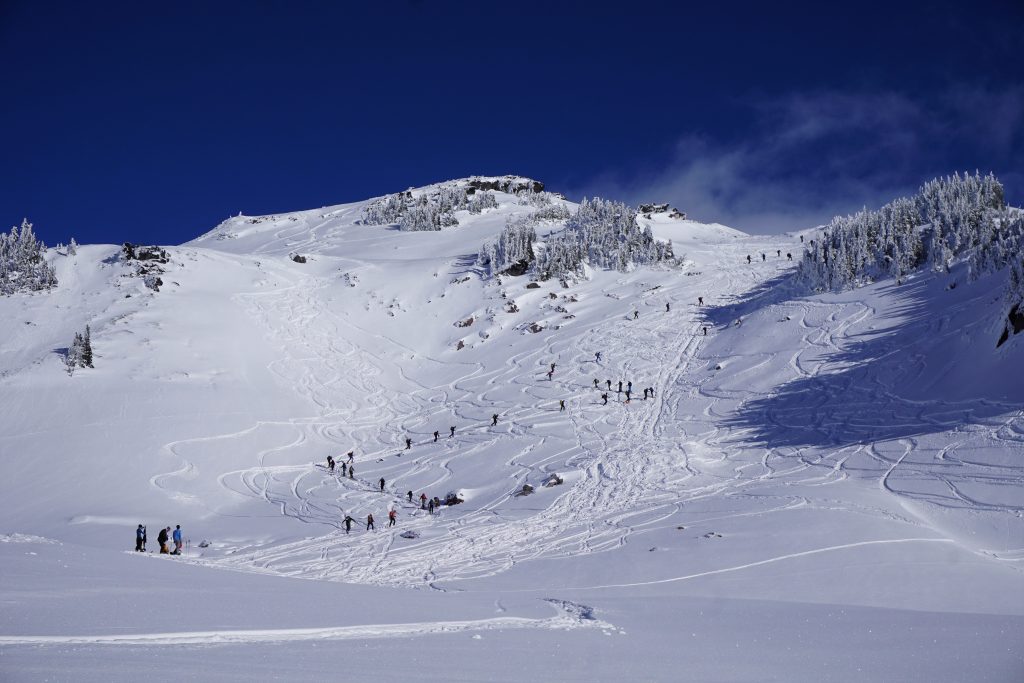
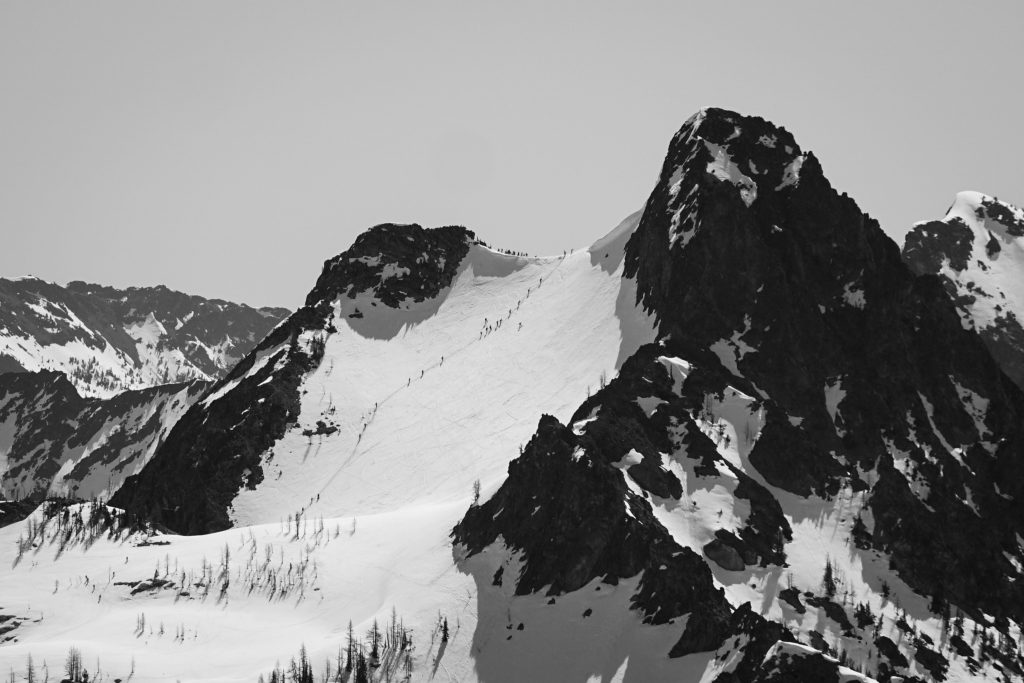
What is your gut reaction to these photos? Disgust? Happiness? Ambivalence? Nostalgia?
Now ask yourself, why did you have that reaction?
These crowded scenes are becoming more and more common in the backcountry. I have grappled with these questions on many instances, as I share information that can encourage people to enter the backcountry. I have mixed feelings. But I think the most helpful framework I have found to view this issue with is “abundance versus scarcity”.
At the most recent Friday afternoon all-hands meeting for Rupa Health, where I work, we had a guest presenter. Dini Mehta is the former Chief Revenue Office at Lattice, a fast growing company that advertises itself as a “people success platform”. She spoke about growing the sales team at Lattice from a few people to over one hundred, and developing a culture of cooperation and teamwork. While many sales organizations are cutthroat and competitive within teams, members of her organization would give each other leads to help reach their quotas. This sort of cooperation is extremely rare in the world of sales. She said that this culture was only possible through a consistent message of abundance: that there are enough potential customers for everyone and the best outcome will come through teamwork.
Instead of focusing on dividing up the pieces of the pie, focus on growing the pie so that each piece is bigger.
This concept of abundance stuck with me. Obviously, it is easier to believe in abundance when the context is a growing company in an enormous market that is nowhere near saturated. But when I think about other organizations and communities I have loved, they typically also share this view of abundance. Communities that seem the most closed are those driven by scarcity – resistant to newcomers, unwilling to share and cooperate. Abundance is not always a guarantee, but once you give in to the scarcity mindset, abundance becomes impossible. While some may argue that abundance versus scarcity is an objective measurement, I think that it is mostly a mindset.
Kelly told me that this duality plays a prominent role in climate activism. To demonstrate, we asked ChatGPT to explain how this concept relates to climate activism. It gave us two different answers:
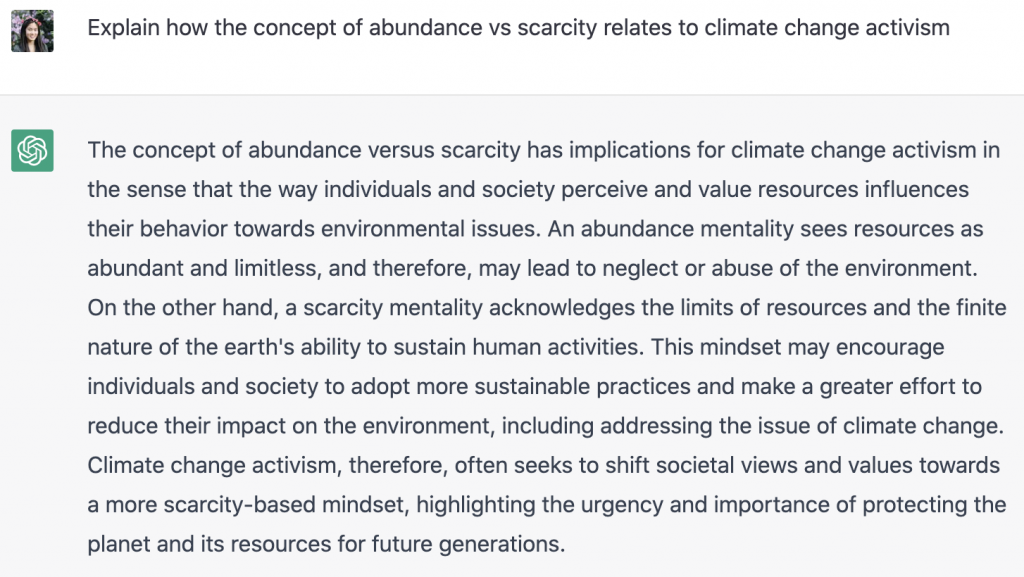
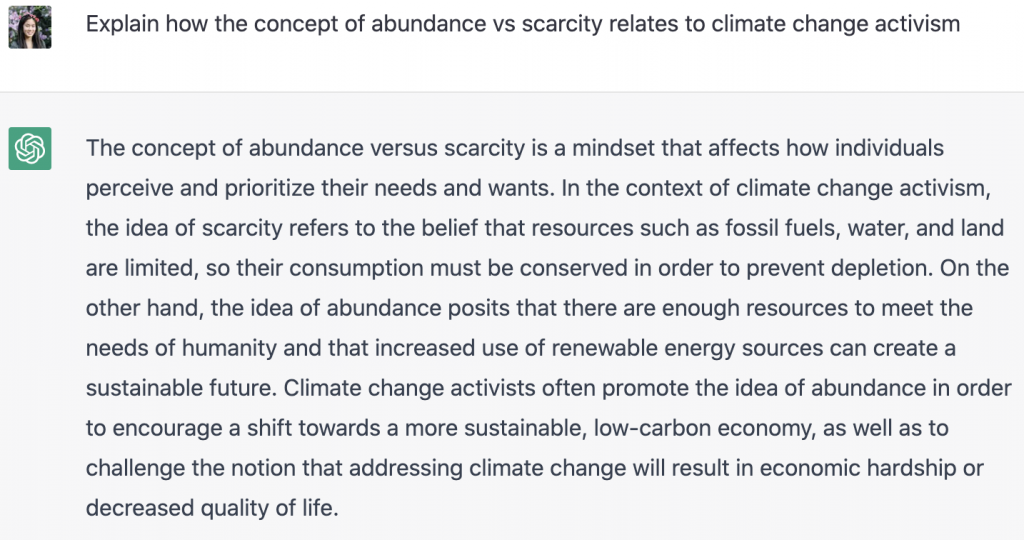
See the difference?
In the first response, climate activism is promoting the scarcity of resources. We need to consume less, travel less, reduce our footprint. While this is true, Kelly says that this sort of messaging has proven unsuccessful because it fosters a culture of blame and defensiveness. It is widely unpopular, even amongst activists, to suggest they should reconsider traveling to see their family or not use air conditioning in the summer.
In the second response, climate activism instead focuses on an abundance of renewable energy. We can grow our sources of sustainable energy to meet our lifestyle, while creating jobs at the same time. This sort of messaging is generally more successful because it is not requiring people to sacrifice as much personally. It gives a vision of a future where we collectively have more, yet still reduce our impact on the planet. Whether or not you agree with this message, I think we can all agree that this message is more likely to win over your average citizen.
So how does this all relate to mountains? After all, this is a climbing blog, at least supposedly.
The duality of abundance versus scarcity is a lens that can be applied to recreational communities. Most successful communities leverage abundance. Mountain bikers come together to build trails and open new terrain. Nordic ski clubs raise funding to increase the frequency of grooming. Climbing communities can recruit more volunteers to replace old hardware and clean new routes. In each case, these communities are able to harness benefits from increased participation. More people = a better experience. That is abundance.
Backcountry skiing, however, is a community driven primarily by scarcity. Powder is scarce. Parking is scarce. There is no common infrastructure, like trails, grooming, or bolts to bring people together. More participants are just more competition for good snow and a threat to safety. Everything about backcountry skiing inherently drives a wedge between people. In places where there is a greater density of backcountry skiers, the culture becomes very secretive and zero sum. Information sharing stops. People snake each other at the top of a line for first tracks. Visit the Wasatch, and you will learn what I mean.
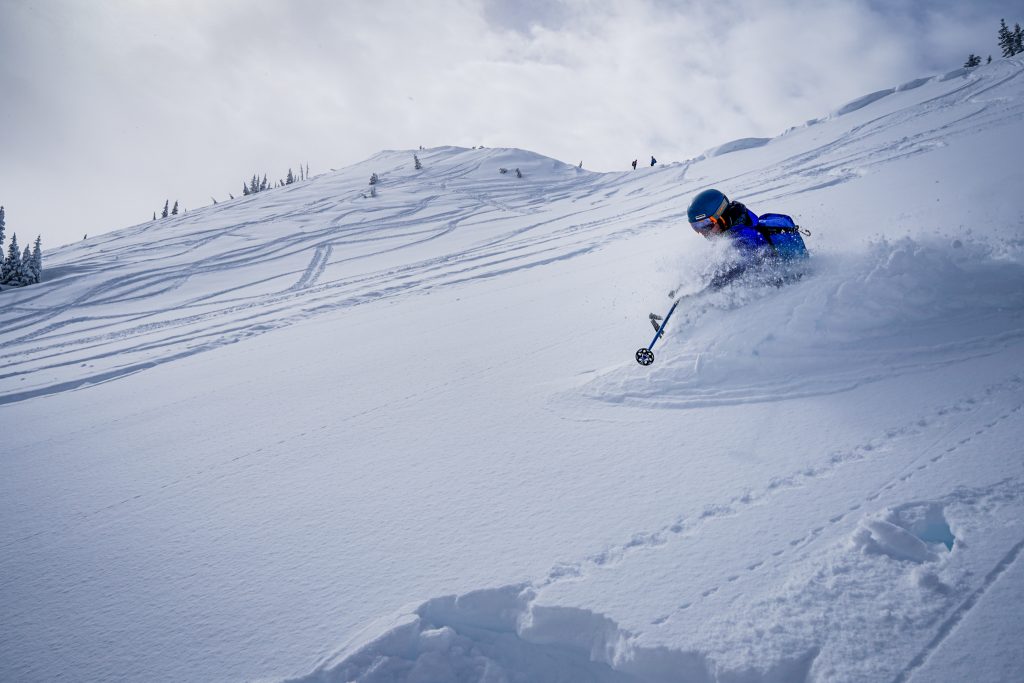
With the Cascade Backcountry Alliance, I believe that one of my top challenges is not institutional or logistical, but cultural. It is changing the culture of our community, the mindset of backcountry travelers, from scarcity to abundance. This mentality change is not just a nice-to-have. It is absolutely essential. More people are going to recreate in backcountry in the winter, whether you like it or not. We need to find a way to leverage increased participation to create tangible benefits. We must find a way.
The most obvious benefit of increased participation has been the growth of the Northwest Avalanche Center. Increased observations, better forecasts, and diverse telemetry all benefit backcountry users. More users means more funding and a positive feedback loop.
I think most people entering the sport of backcountry skiing these days also under appreciate gear improvements. Lighter, better gear allows us to go deeper in the backcountry and ski harder. These investments by gear companies are only possible because the market is big enough.
These are two examples of looking at the issue with a mindset of abundance. But we need more.
At the Cascade Backcountry Alliance, we are constantly looking for ways to turn more backcountry travelers into a good thing. Sure, gone are the days when you could sleep in on a weekend and get parking at 10am at Alpental, or when you could skin up Summit West and go unnoticed by the ski area. But we can envision a future where increased participation results in more access points, volunteer-thinned glades for betting skiing, greater education, and generally more positive relationships between different user groups. In my opinion, we have to envision that future. Abundance versus scarcity is a choice. If you chose scarcity, scarcity is what you will get.
Backcountry users have an abundance of space to spread out in Washington, but a severe lack of access points in the winter. It is going to take a lot of work to create change. The change each of us can start with is changing our mindset. I, too, am disappointed when a zone is tracked out of good snow. There is no real logical way of feeling good about that. I acknowledge there are undoubted downsides to more users. But I chose to believe that increased usage can provide at least some benefits – because the other belief is simply too defeating.
If you are curious, here is what Chat GPT3 thinks about abundance versus scarcity in the context of backcountry skiing:

By this point, you have probably thought of dozens of contexts in society where abundance versus scarcity is relevant. But it also plays a role in my personal mindset.
When I feel anxious about all the commitments taking up my schedule, I can remind myself that this is because of an abundance of people that care about me, activities I love, and causes I care about.
When I feel stressed debating whether I should go skiing or ice climbing tomorrow, I can remind myself that this is because of an abundance of accessible activities that I enjoy.
When I feel stressed by career decisions, I can remind myself that this is because of an abundance of opportunities and paths I could pursue.
These problems are privileges, scarcities created by abundance.
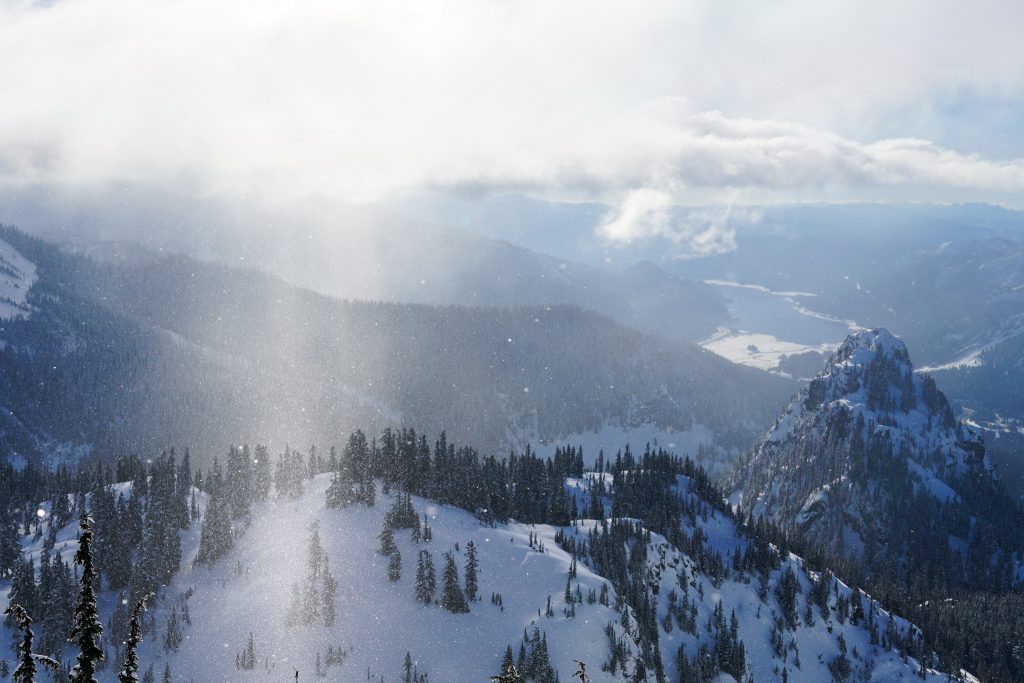
People ask me how I stay inspired and stoked about the mountains, how I keep coming up with new ideas. At my core, I believe in an abundance of inspiration and energy. While it does not always come easily, it can be actively cultivated. It is less like a fountain, and more like a forest – it must be cared for, respected, and sourced sustainably. Rest and reflection are essential.
There are always more places to see, more knowledge to acquire, more people to love. Life itself is wonderfully abundant.
Whenever possible, I try to chose abundance. It goes against our tribal nature as Homo Sapiens, individual incentives, and the negative messaging we receive daily through media. But I believe it is the happier, more optimistic choice. Many aspects of life are out of our control, but our mindset is not one of those things.
Which do you choose? Abundance or scarcity?
To greater heights, to unforgettable sights. The only way is up.
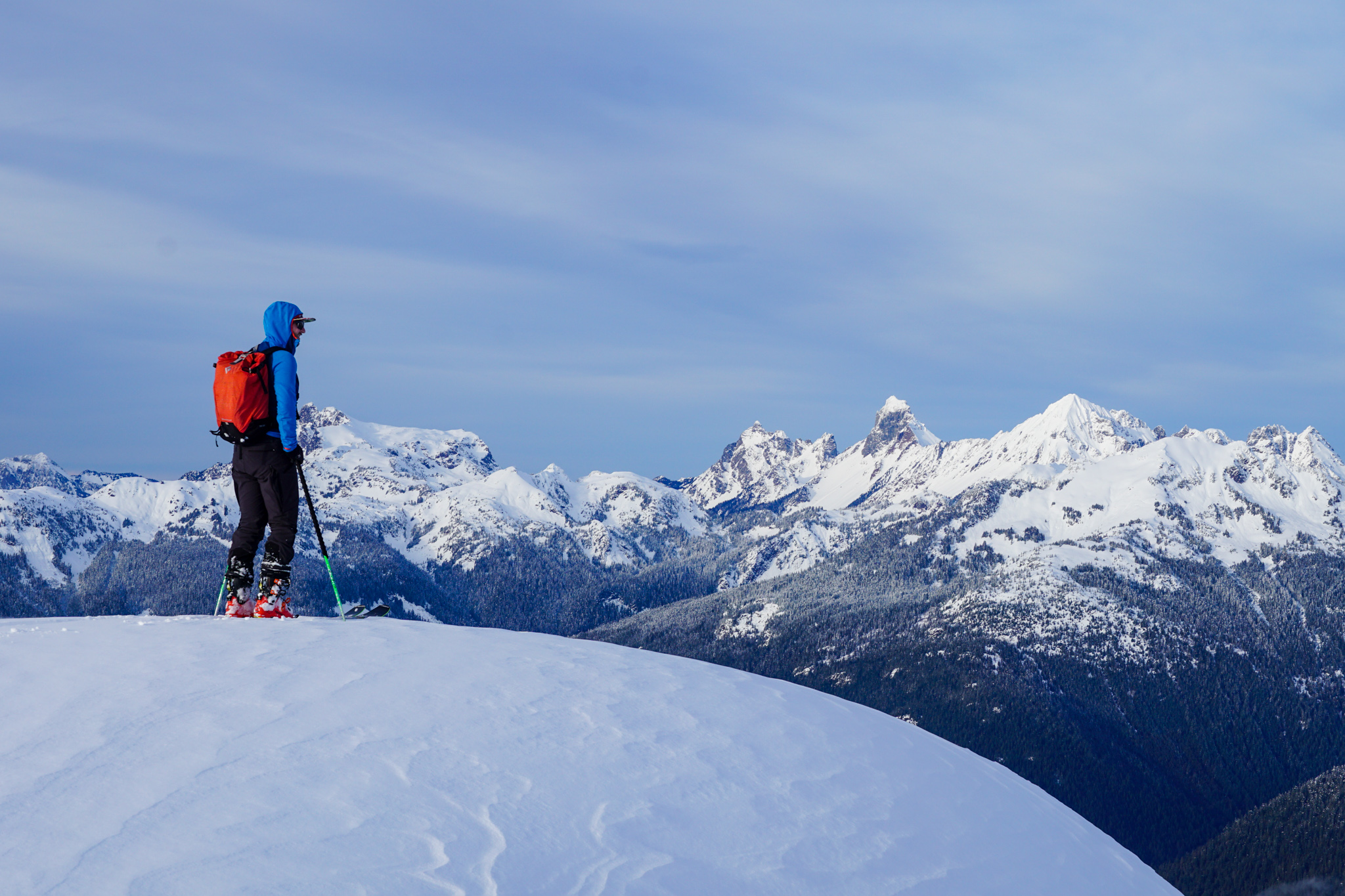
Thanks for the thought-provoking post, Kyle. (Well, minus the ChatGPT, which I’ve heard referred to as a “stochastic parrot,” and which always sounds like an automated middle-schooler to me.) Ice climbers may be even worse than BC skiers in terms of jealously guarding terrain, and that attitude always bothered me. On the other hand, I’m firmly in the “disgust” camp with respect to your photos, and have seen many places in the West crowded and degraded to the point that they’re just barely tolerable enough not to be abandoned (e.g. Yosemite Valley is a hell populated by foreign tourists and very dedicated big wall climbers; the JMT is “wilderness” for people who don’t know what wilderness is).
Thankfully the Mountain West is a big place, with a lifetime of margins to which I can retreat. I don’t think you or I writing about new places will substantially degrade them — they still require effort, and won’t make anyone Instagram-famous — but I’m more cognizant of scarcity than I was ten years ago. Age also pushes in that direction: when your ambitious plans collide with your declining physical capacity in the not-too-distant future, you weigh the use of your time and resources more carefully.
Thank you Sean. Indeed ice climbers are usually very closed, especially when ice is scarce like Washington state. I am sure you have seen the changes in scarcity during your career and at certain levels, there might not be abundance. There is not another Yosemite to direct people to. But with most of the Mountain West, and especially Washington state, I do feel like the abundance mindset could help the community as a whole.
I have seen a version of this with climbing. When I lived near the Obed and before I knew anybody there, sometimes on rainy days I would head out there solo (there are overhangs so some routes are always dry). If I met anyone at the cliff, they would always offer a belay, or maybe climb with them, often before I had finished saying hello. These were all 1-pitch sport, and it was easy to set someone up with a belay with no impact on your own group’s climbing.
Same cliff, nice weekend day, I could wander along asking “Hey can I get a belay?” or “Can I climb with you?” and it would be no, no, no. [I had my rope and draws so no issue there]
It was a clear and repeatable phenomena. I actually intentionally tested it a few times after I noticed it.
I used to think it was a sociological thing that crowds just make people meaner, teeming masses, soylent green, but after reading this column I think the scarcity mindset had kicked on on those weekend days.
That definitely sounds like a scarcity mentality. Thank you for sharing your experiences!
This is really beautifully written and explained. I have to admit that I was initially rather skeptical about the need for the CBA, but I love your perspective of creating more opportunity, access and community around the backcountry skiing, a sport that is so often stand-offish because of the scarcity mindset. I’m really excited to see what you and the CBA do in the coming years!
Thank you Jade!
Your article is amazingly spot on! We have to create that abundance in the outdoor community and indoor community right now. The scarcity mindset is uninspiring, unattractive and kinda sad.
That mindset is closed off, ungiving or sharing and shuts down productive interpersonal communication.
When we each encounter it, it triggers more belief that there IS actually a scarcity of X or Y or XY&Z. Then we are more likely to respond the same way and become guarded and stop sharing our own resources.
It takes a real conscious effort from me, to fight this attitude. It also takes real creativity to envision the solutions that provide abundance to everyone! Share the joy!
Maybe we can give back through community building too. I love Timmy O’Neil’s podcast on the Runout about the Facelift project. It’s the perfect antidote to the Scrooge mentality.
Def appreciate your blog, and the HUGE effort you put into it! Bravo!!
Thank you Priti! I think you are really discovering the abundance of ice climbs in the Snoqualmie area this winter!
This has always been the mentality of climbers in the PNW. When I moved to the area, I joined the Mountaineers and found the worst examples of this closed mindset, they are the epitome of non-inclusive. The leadership, members and climb leaders believe they “own” the mountains, look down on newcomers and get frustrated when things are not as they like. Your first order of business should be getting the other local non-profits on the same page, currently they are pushing for nothing but scarcity.
Bummer you have had such an experience with the Mountaineers. I guess we can each do our best to set the example we want!